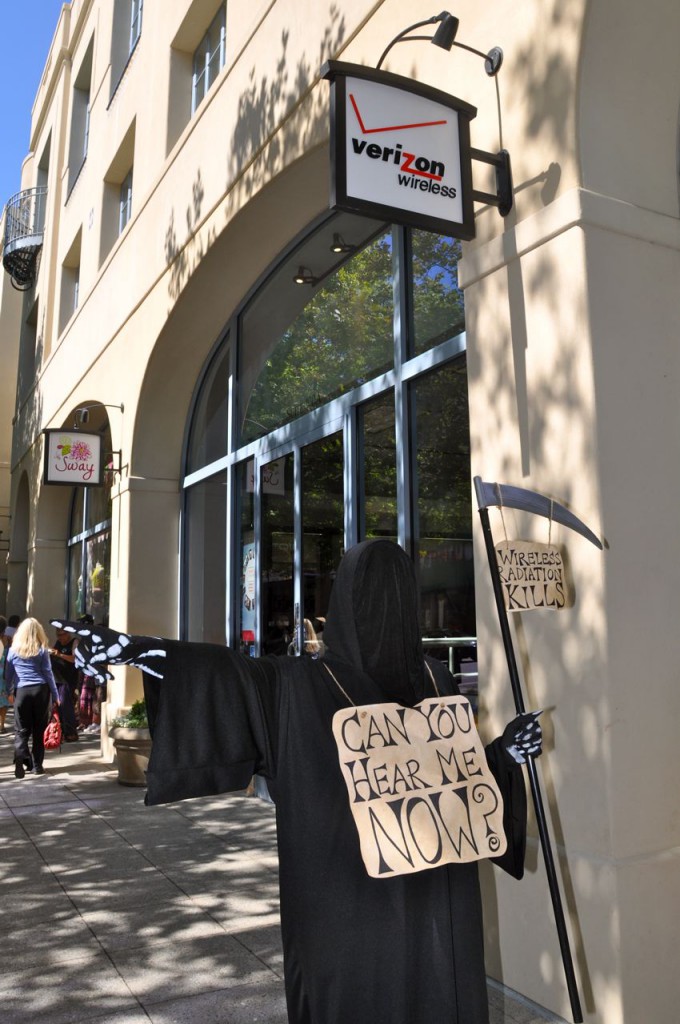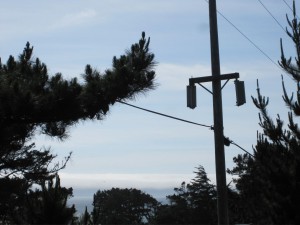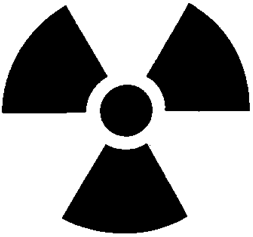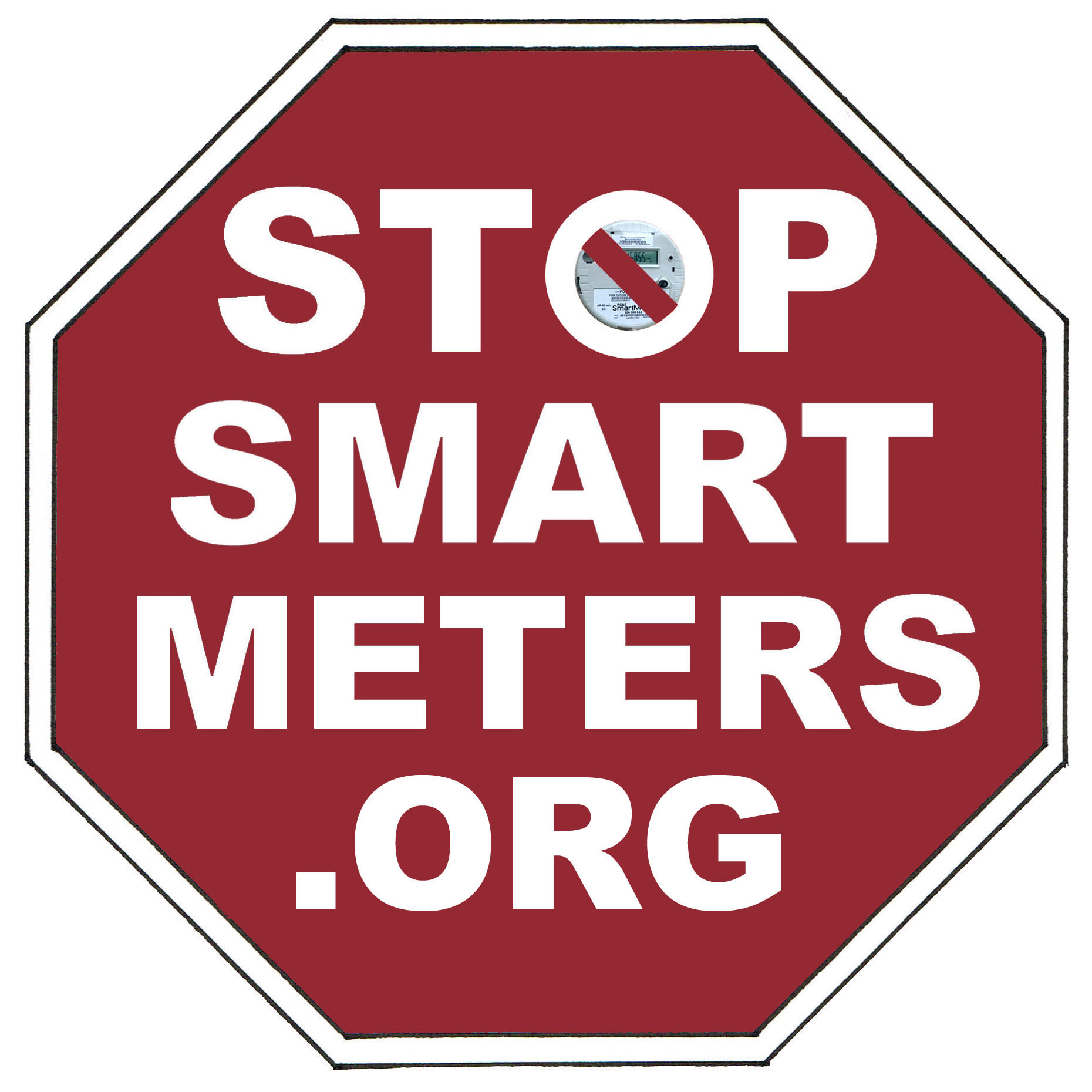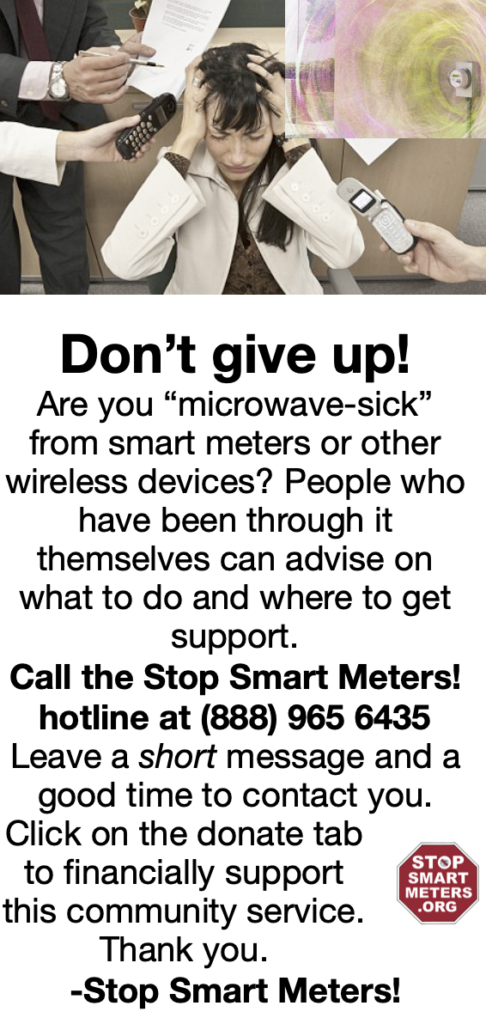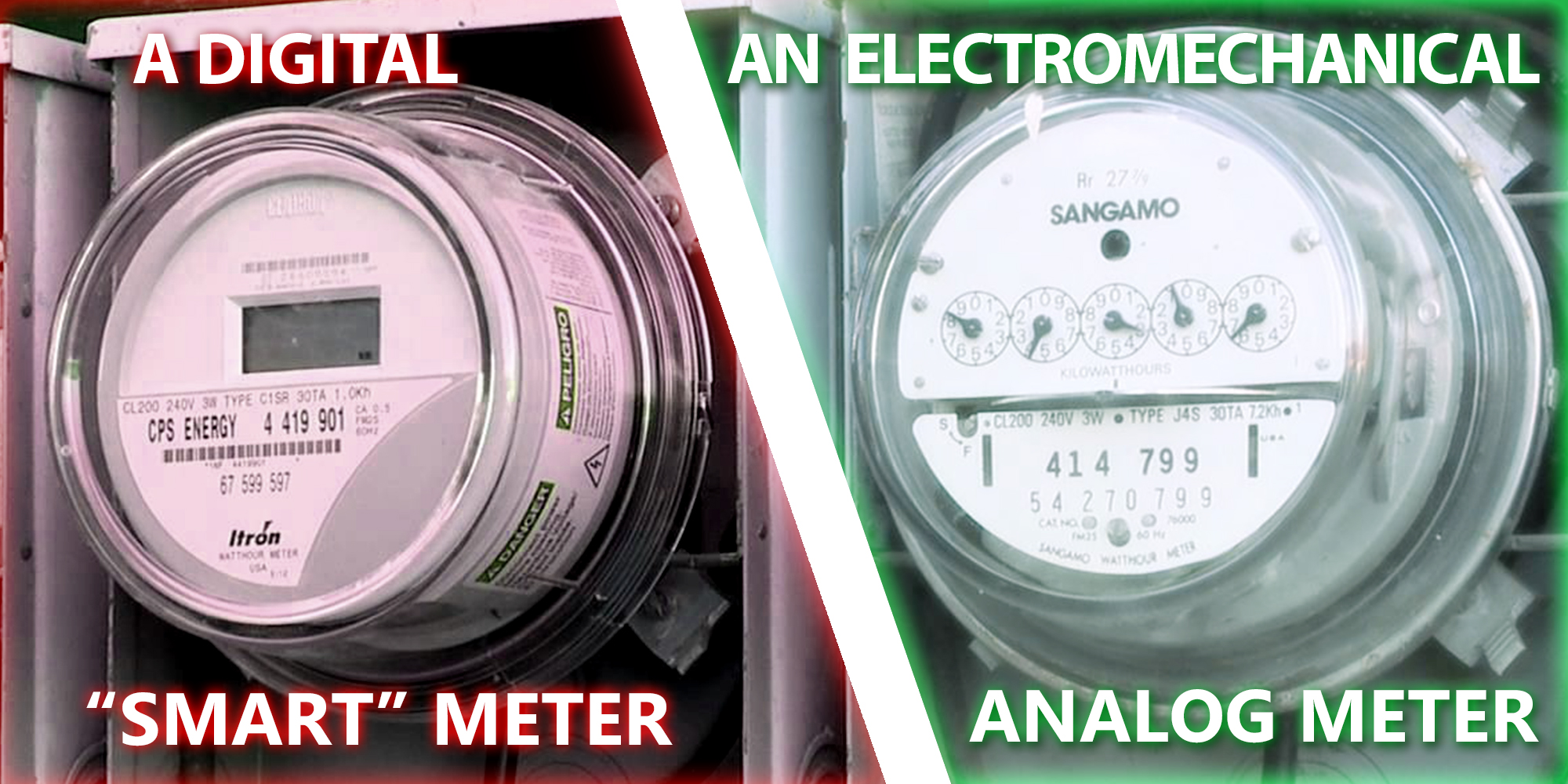If the California Coastal Commission’s decision is any indication, no endangered species, viewshed, or habitat is safe from a Distributed Antenna System (DAS) 4G cell tower popping up right next door. It’s open season, as smart phone addictions drive a kind of selective blindness toward wireless damage to life itself.
Though dozens of nearby residents had sent letters of opposition to the Commission, far outweighing those in support, and despite the project clearly violating several key sections of the Coastal Act and Local Coastal Plan, the Commission approved the project at the direction of the wireless industry, seemingly irritated by the large number of people who showed up to speak and defend Big Basin State Park and Santa Cruz County’s pristine North Coast.
Although a wide range of problems with the project were brought to light by letters to the commission, as well as public testimony, the Commissioners seemed in a daze of apathy brought on- they said- by the 1996 Federal Telecommunications Act (FTA) which prohibits local and state governments from rejecting cell infrastructure based on “environmental effects” which has also been interpreted as meaning human health.
However, according to the Commission staff report, the project proponent- “Crown Castle” (formerly NextG Corp.)- failed to establish that it is indeed protected by the FTA, as it is not a wireless service provider, but rather a contractor to Verizon. No mention was made of this exemption at the hearing.
No concern was expressed by Commissioners that they might be violating any other federal law, such as the Americans with Disabilities Act or the Endangered Species Act, despite the fact that more than a dozen legal declarations were submitted to the Commission, testifying that Californians injured by microwave radiation would lose access to North Coast Beaches if the wireless project went ahead.
 Never mind that studies of tadpoles exposed to cell tower radiation show 90% mortality rates, and that the wetlands adjacent to one of the cell sites is crucial habitat for the red-legged frog and other endangered species.
Never mind that studies of tadpoles exposed to cell tower radiation show 90% mortality rates, and that the wetlands adjacent to one of the cell sites is crucial habitat for the red-legged frog and other endangered species.
As long as the FTA says local governments can’t consider the environment when considering new cell infrastructure, then wireless companies have a license to vomit radiation all over our pristine habitats, not to mention our neighborhoods.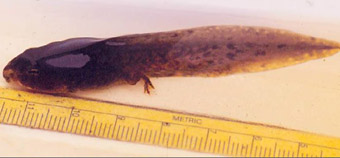
The Coastal Commission could easily have done the right thing, and voted for a more in-depth review for the project. The law clearly gives them the right to reject cellular infrastructure based on aesthetics, safety, and other issues. The FTA’s restrictions just provided a convenient excuse for a Commission already in the pocket of the Telecom industry.
 Crown Castle didn’t even bother to show up to speak they were so assured of victory. How were they so sure? None of the commissioners reported meeting with the company. But somehow, through the back channels of the power elite, they were informed, “don’t worry, this one is in the bag.”
Crown Castle didn’t even bother to show up to speak they were so assured of victory. How were they so sure? None of the commissioners reported meeting with the company. But somehow, through the back channels of the power elite, they were informed, “don’t worry, this one is in the bag.”
The Chair- Mary Shallenberger- opened the meeting talking about how their Commission spends a lot of time undoing past mistakes- landfills and industrial development on the coast- projects that seemed sensible at the time but were wildly inappropriate in retrospect. We pointed out that they had the chance to avoid making a similar mistake today.
As spokesperson for the local group opposed to the project, Coastal Neighbors Against Unnecessary Wireless Facilities, I stood up to give my presentation, after being told by staff that other speakers could cede their minutes so I could make my full 10 minute presentation. Madame Chair said she would not allow this, only allowing 3 minutes for my presentation and not allowing anyone else to speak who had not spoken at a local government meeting about the project. As it turned out no one knew about the project at the county level due to dreadfully inadequate notice requirements, so no one appeared at those meetings. Members of the public who had taken time off work to speak out at their first opportunity to address decisionmakers on this issue, instead of being welcomed and thanked for participating in the public process- were instead grilled about their past meeting participation.
A father of two young children who recently moved close to one of the cell sites, was interrupted by the Chair, and forced to return to his seat- prevented from expressing his views. After we protested that this was people’s first opportunity to speak publicly on this issue and that people had skipped work to be here, that quieted the Chair down a bit- but she still questioned people who came up to the microphone- forcing many to bend the truth: “I have spoken at public meetings before” etc. Not a bright day for democracy.

Dozens of local residents upset about the project descended on Verizon’s Santa Cruz store on Pacific Avenue on July 21st..
Commissioner Sarah Gurney, a member of the Sebastopol City Council which has been outspoken against smart meters, said that this issue was complex, that many health problems have been reported and that she was proud that the internationally renowned EMF Safety Network- resisting such development- was based in Sebatopol. She said this issue would likely be worked out in numerous lawsuits, then voted for the project along with every other commissioner.
Crown Castle was so confident in the Commission’s approval, they started deploying the fibre optic cable weeks prior, without any permit whatsoever, violating local law. They threatened the Commission in their last letter before the hearing:
“A denial of Crown’s permit would be an actual prohibition under the Federal Telecommunications Act section 253”
In other words, you might as well not even hold a public hearing.
There is clearly a conflict between federal laws, but as long as the telecom companies have a well-funded team of lawyers, those who are disabled and in pain from wireless -the frogs, vulnerable humans and wildlife- will be silenced, abused, and violated in this process. As we’ve been saying for two years now, the telecom/ utility industry essentially pulls the strings as Commissions meant to protect the public and uphold the law fold one by one. There is no one but the fox watching the chicken coop.
The damage is plain to see- just take a close look at any tree unlucky enough to be next to a cell tower- the twisted trunks, dead leaves, pale unhealthy bark are all signs that wireless communication and ecology are ultimately at odds. Far from being the technology of the future, wireless is a particularly dangerous and wasteful dead end technology, a red herring on the way to a safe and secure communications network based on fibre optic cable.

This 4G antenna is set to blast radiation into one of the most sensitive wetland habitats in the Santa Cruz Mountains.
Those groups who are meant to protect remaining wilderness areas have grown silent, awkward, in denial. We cannot count on the traditional defenders of nature to protect us from the threats of the 21st century. We need to establish new forms of resistance if we are to have any chance at protecting what remains- or even turning the tide on the decline of our liberties, our quality of life, and our biological diversity.
The telecom/ utilities industry fancy themselves 21st century royalty (if you need any proof of this, how about…”Crown Castle”??!?) to whom we peasants- and even our elected representatives must bow down. Profit is king, and look out if you are in the way of squeezing out the last resources or blanketing the countryside in radiation. Even in “Green” “liberal” Santa Cruz County, they are planning on fracking for gas and polluting the groundwater.
If you are a cell phone user, then you bear some responsibility for what’s being done in your name to introduce cell radiation into wilderness areas, a pollutant that will only exacerbate impacts from climate change and fallout from Fukushima on our wildlife and people. If you’re not happy with wildlife being sacrificed to bring streaming wireless porn movies to wilderness areas, you better speak up now because that is exactly what is happening. 4G wireless comes at a cost- a cost you may be unwilling to pay. And sometimes costs only become clear in retrospect, when you no longer have the choice.
Maybe one day a future commission meeting- made up of representatives who truly represent the public interest and the law- will shake their heads solemnly at the mistakes of their predecessors who allowed this damaging radiation to violate our most pristine habitats.
You may not now realize the true extent of the constitutional violations being carried out- or maybe you do. But one thing is clear. If we have any chance at all to stop this, the people must unite- and fight like hell. Stop DAS! Stop Smart Meters! Defend the Constitution! Defend human rights! Repeal the 1996 Telecommunications Act!
If you care about the health of wildlife and people, or just enjoy your views uncluttered by cell towers, please support further efforts to stop this ill-conceived project. Coastal Neighbors Against Unnecessary Wireless Facilities is collecting donations to help fund further outreach and a potential lawsuit. If you need ideas for action in your area, drop us a line. E-Mail joshuahart@baymoon.com for more details.


